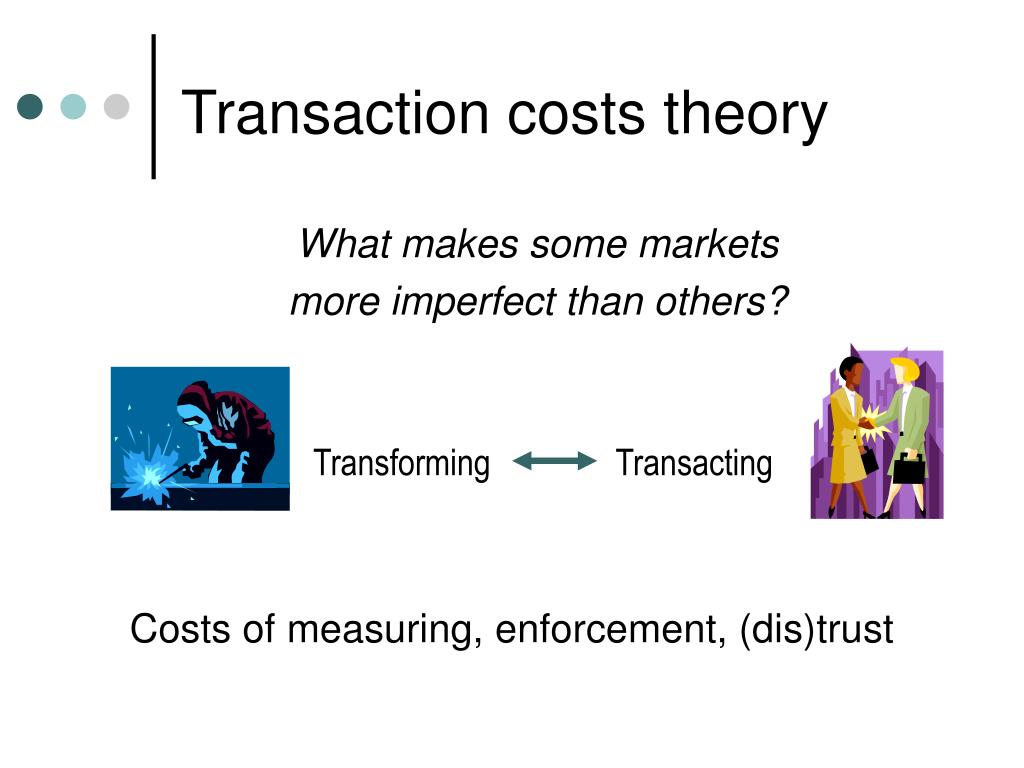

Micheli (2008) presents an understanding of TCO in the context of purchasing a particular good or service from a supplier ( Ellram, 1995) and analyses the use of TCO from an interorganizational perspective ( McLaren, Head, & Yuan, 2002 Zachariassen & Arlbjørn, 2011). The available studies describe the benefits and barriers of TCO ( Ellram, 1993) and demonstrate the use of TCO for supplier selection and evaluation ( Bhutta & Huq, 2002). The literature review will focus mainly on the assumptions of TCO. First, the article will contribute to the context of TCO concepts. Our article contributes to the literature by providing updated evidence on the following dimensions. Accurate cost measurement means integrating various cross-sections costs to provide information for effective purchasing management ( Jääskeläinen & Thitz, 2018 Thrulogachantar & Zailani, 2010 Munday, 1992). Accordingly, purchasing, including buyer-supplier relationships, cannot be effectively managed unless we implement proper cost measurement in these areas, which will result in the use of appropriate tooling approaches. The obtained data in the cross-section of activity and transaction costs (the ABC insight) allowed the purchasing managers (PMs) to steer contracts. order placement, supplier search and qualification, transportation, inspection, replacement, downtime due to failure, disposal or quality), additionally allowing for the specification of pretransaction, transaction and post-transaction costs ( Ellram, 1993, 1995). In the context of purchasing, TCO includes costs by activity (e.g. The best method to measure the purchasing-related costs in the buyer-supplier relationship has been a combination of the total cost of ownership (TCO) and activity-based costing (ABC) concepts ( Lin, Collins, & Su, 2001 Ellram, 2000). This is an important but narrow measurement of purchasing costs, mainly for financial reporting purposes ( Munday, 1992). Financial accounting indicates which resources are related to purchasing costs, which costs relate to the purchasing department, and which to purchasing transactions, indicating which costs are or should be included in the purchase price and which are tax costs. Accounting is one of the information systems in a company that performs these functions and identifies and measures purchasing costs. These savings come in various forms, such as the traditional approach of hard bargaining to reduce the price or building good relationships with suppliers to jointly extract costs from a product or service ( Bensaou, 1999).įor purchasing-related costs to be effectively planned and controlled, as well as contained, it is crucial to know where and how these costs arise. Consequently, we clearly see that purchasing is undoubtedly a significant field for cost savings ( Degraeve, Roodhooft, & van Doveren, 2005). Therefore, they are important in the total cost of the company and the supply chain. Studies indicate that purchasing costs account for a significant portion of the cost of manufacturing products ( Agndal & Nilsson, 2007). Therefore, both parties negotiate toward a financial consensus. In the context of long-term cooperation in supply chains, the aim tends to be the reduction of the costs associated with purchasing ( Jääskeläinen & Thitz, 2018 Munday, 1992). In a business-to-business (B2B) relationship, the selling side seeks to maximize profit while the buying side seeks to obtain the lowest price ( Pedersen, Ellegaard, & Kragh, 2020).
Types of transaction costs full#
The full terms of this license may be seen at Anyone may reproduce, distribute, translate and create derivative works of this article (for both commercial and non-commercial purposes), subject to full attribution to the original publication and authors. This article is published under the Creative Commons Attribution (CC BY 4.0) license. Published in Central European Management Journal.

Copyright © 2023, Justyna Dobroszek, Paulo Reis Mourão and Maciej Urbaniak License


 0 kommentar(er)
0 kommentar(er)
